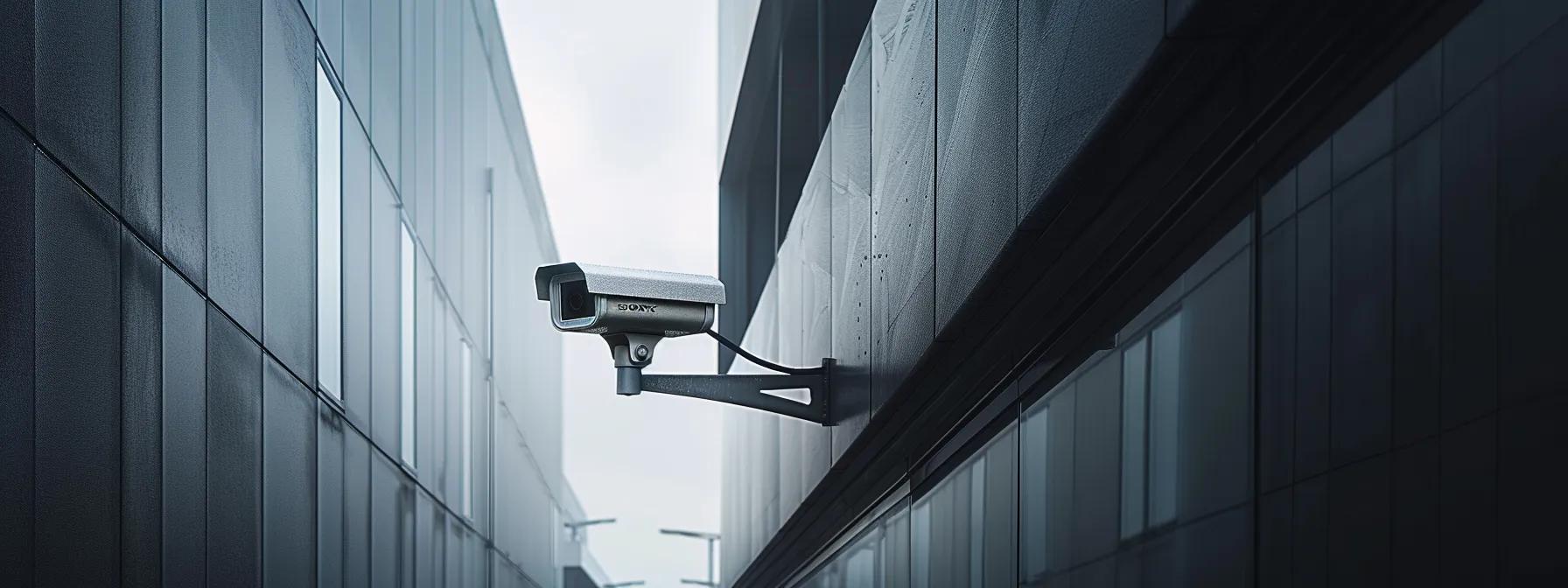 VMS Software, NVRs, and DVRs: Understanding the Differences and Selecting the Right Solution
VMS Software, NVRs, and DVRs: Understanding the Differences and Selecting the Right Solution
Video surveillance solutions have come a long way over the years, with three primary recording solutions for surveillance being VMS software, NVRs, and DVRs. Each of these solutions has its advantages and disadvantages, and selecting the right one can be challenging. In this article, we will explore the differences between VMS software, NVRs, and DVRs, as well as analyze the pros and cons of each.
VMS Software, NVRs, and DVRs explained:
Video Management Software | VMS
VMS is powerful video management tool loaded onto a PC that can offer greater functionality and scalability than NVRs, especially when working with equipment from multiple vendors. A VMS processes video similarly to an NVR, with similar limitations based on the hardware used. However, a VMS doesn’t have a fixed number of inputs like DVRs and NVRs, making it more scalable. A robust VMS will often have enterprise-level capabilities such as video wall, fail-over, mapping support, etc.
Advantages:
- Greater scalability
- Enterprise functionality
- Advanced interoperability between different security hardware vendors
Disadvantages:
- More intricacies to consider when troubleshooting
- greater complexity involved with deployments
- Per-camera licensing fees can represent a higher total cost of ownership
Network Video Recorders | NVRs
Similar to DVRs, NVRs are designed to record and display IP video camera streams on a self contained recording appliance. The IP camera these devices connect allow video streams to be sent across a TCP/IP network, where they can be stored, recorded, and displayed locally or remotely through a computer workstation or smartphone. Like a DVR, an NVR has a fixed number of camera inputs, and the performance architecture is designed for that workload, limiting the scalability of the standalone appliance though if your CCTV equipment is from single manufacturer those limits can be less relevant.
Advantages: Cameras connected via Cat-5 and Cat-6 cables typically offer the most features among CCTV technologies, as they can transmit vast amounts of data, enabling features that require high throughput, some of these features include though are not limited to:
- Support for PoE or power over ethernet simplifying cabling requirements
- High-resolution imaging greater than 8 megapixel or 4K
- Optional integrated two-way audio on select models
- Advanced motion detection and intelligent video analytics
- Remote access and control for opening gates or doors
- The ability send and receive data over long-range point-to-point radio, fiber optics, network switches, and other TCP/IP standards-based hardware
Disadvantages:
- Higher cost
- Greater complexity
- Requires relatively newer Cat-5 or, for cameras with larger power demands, Cat-6 cabling
Digital Video Recorders | DVRs
These devices record video from coax or RG6 connected cameras. The DVR converts the analog or digital signal and encodes the data to a surveillance grade hard disk drive that is designed for continuous read and write activity, allowing the video to be stored months or even years, for later retrieval and review at the recorder itself or remotely from a smartphone or computer. Traditionally, video capture hardware on the DVR digitized the analog signals of legacy hardware for storage and transmission. However, newer technologies enable analog cameras to perform digitization and communicate with the DVR as a digital camera with use of standardized digital over coax protocols. Control of PTZ cameras, HD and UHD resolutions are able to be sent over coax and RG6 connected cameras thanks to specialize open standards like CVBS, AHD, CVI, and TVI.
Advantages:
- Lower cost
- Easy troubleshooting
- Uses coax or RG6 which for many years was the standard
Disadvantages: Coaxial and RG6 connected cameras have fewer features than IP cameras, the limits of CVBS, AHD, CVI, and TVI technology do not permit bandwidth hungry features frequently found on IP-based camera hardware to operate, these limitations include though are not limited to:
- One way audio recording only and is available on select devices
- Analog based hardware typically lacks onboard intelligent video analytics or advance motion detection features
- External outputs to trigger lights, doors or gates are not available on cameras connected with coax RG6
- Limitations in scalability due to the need to home run camera inputs into the DVR




